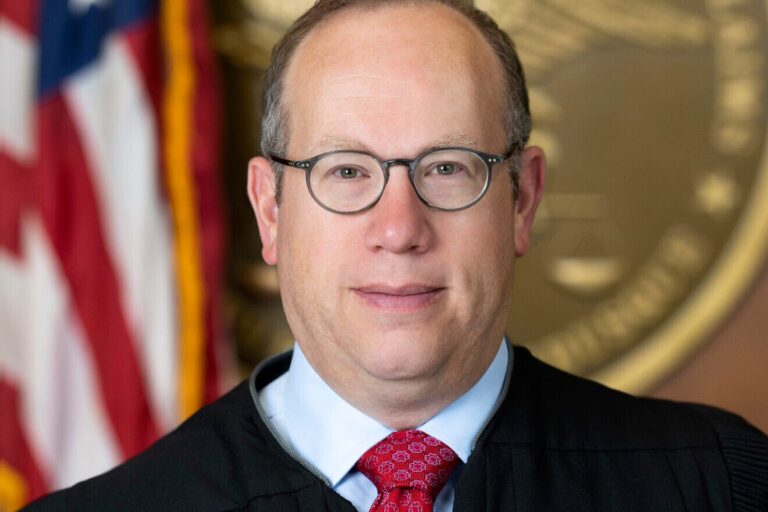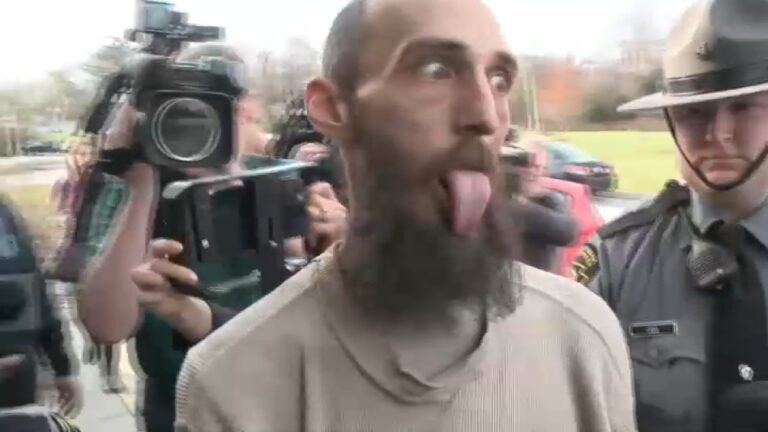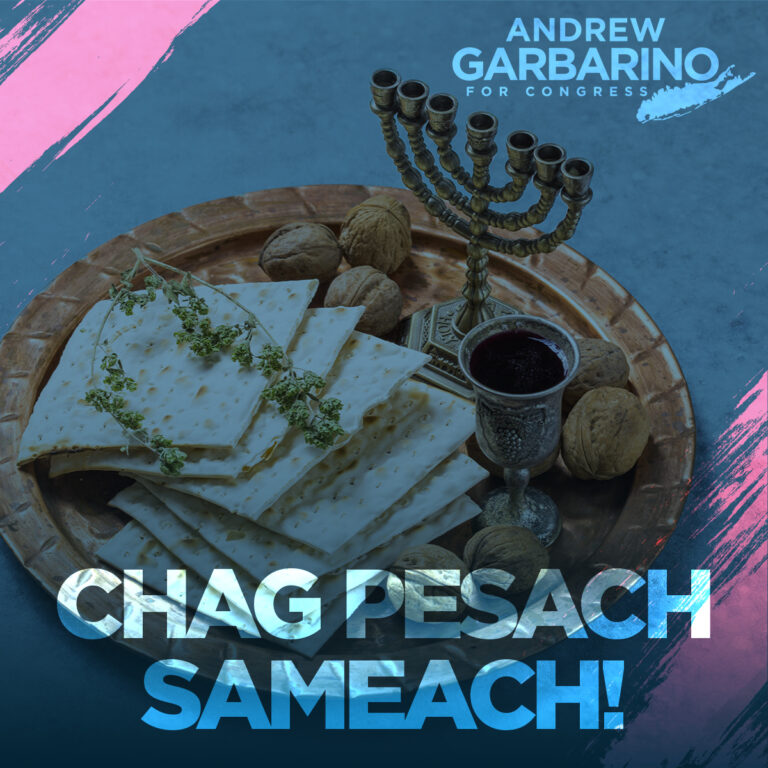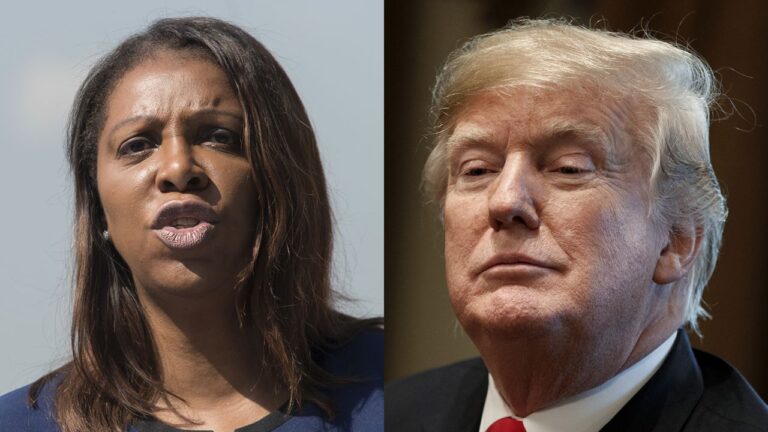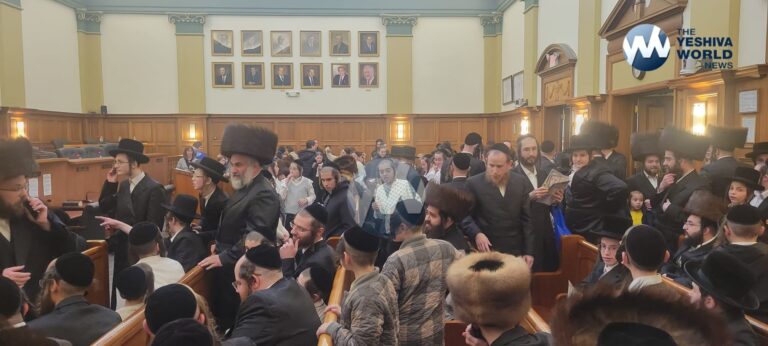 Fidel Castro’s rule of Cuba began in 1959 — when he became the island nation’s prime minister — until 2008, when he transferred power to his brother, Raul Castro.
Fidel Castro’s rule of Cuba began in 1959 — when he became the island nation’s prime minister — until 2008, when he transferred power to his brother, Raul Castro.
Tensions between Cuba and the U.S. had been fraught for decades before Castro’s reign, however, and those tensions had a role in Castro’s political ascent.
Here are key milestones in U.S.-Cuba relations:
1897: U.S. President McKinley offers to buy Cuba from Spain for $300 million but Spain rejects the offer. Tensions are exacerbated after the U.S.S. Maine is blown up by unknown forces in Havana’s harbor, killing more than 250 American sailors.
1898: Spain loses Spanish-American war and Cuba essentially becomes a U.S. territory.
1902: The U.S. grants Cuba independence, but dictates the establishment of the U.S. base at Guantanamo Bay as part of the deal. Another detail worked into the deal was that the U.S. had the right to intervene in Cuba, and American forces were subsequently sent into the country repeatedly to protect U.S. interests, like sugar factories, if there were uprisings.
1934: Gen. Fulgencio Batista was assisted by the U.S. in leading an uprising called the Revolt of the Sergeants, which was part of the coup that overthrew the government of Gerardo Machado. He was later elected the president of Cuba from 1940 to 1944, and led the country as a dictator from 1952 to 1959.
During Batista’s rule, Cuba saw widespread inequality and unemployment, but it became a playground for global elites — including wealthy Americans and members of the mafia — who frequented popular casinos and brothels. This atmosphere helped to sow the seeds of the Cuban Revolution.
1953 On July 26, 1953, Castro led a small group of revolutionaries in an attack against The Moncada Barracks, a military barracks in Santiago de Cuba. The armed attack is widely accepted as the beginning of the Cuban Revolution. The date on which the attack took place was eventually adopted by Castro as the name for his revolutionary movement, “M 26-7,” which upended Batista’s reign in 1959.
1959: Castro, who was 32 years old at the time, announces that Manuel Urrutia Lleó will be the president of Cuba after the revolution topples Batista. Castro is cheered as he enters Havana, but many political opponents of the revolution, supporters of Batista’s reign, are executed and dumped into mass graves. Castro assumes military and political power as Cuba’s prime minister. Lleó leaves for the U.S. after experiencing differences with Castro.
Castro’s takeover of the country means that Cuba becomes the first Communist state in the Western hemisphere. President Dwight Eisenhower institutes a ban on all exports to Cuba.
1961: Eisenhower breaks diplomatic ties with Cuba completely. The Bay of Pigs invasion, which is a led by the CIA-sponsored paramilitary group Brigade 2506, fails and ultimately is seen as having the opposite of its intended effect: Castro’s leadership is strengthened, and he becomes a national hero.
1962: On September 7, 1962, President Kennedy expands a preexisting Cuban embargo, which focused on the sale of arms, to include all Cuban trade, except for non-subsidized sale of food and medicines — a policy that is ultimately upheld for decades.
The placement of Soviet missiles on the island triggers the Cuban Missile Crisis one month later.
“This sudden, clandestine decision is a deliberately provocative and unjustified change in the status quo,” Kennedy said of the storage of Russian weapons in Cuba, prompting him to enforce a naval quarantine on the state.
The 13-day drama was the closest the Cold War got to turning kinetic.
Kennedy and Soviet Premier Nikita Khrushchev reached a deal wherein the Soviets withdrew their weapons from Cuba in return for the U.S. withdrawing its from Turkey.
1972 Castro’s Cuba joins the COMECON, an economic organization of states designed to create cooperation among the socialist planned economies. The group dominated by the largest economy of the group, the Soviet Union.
1979 Castro gives one of his most famous speeches in an address to the U.N. In it, he condemns the proliferation of nuclear weapons, and urges world leaders to fight against inequality.
“Enough of the illusion that the world’s problems can be solved with nuclear weapons. Bombs might kill the hungry, the sick and the ignorant, but theycannot kill hunger, disease, ignorance and the people’s just rebellion. In the holocaust, the wealthy will also die. They are the ones that stand to lose the most in this world,” he said.
1991: The fall of the Soviet Union, Cuba’s biggest patron and ally on the world stage, triggers an economic crisis in Cuba.
1996: Cuban jets shoot down two small planes operated by Brothers to the Rescue, a Miami-based activist group. The aircraft had been releasing leaflets over Cuban territory.
1998: U.S. authorities apprehend the Cuban Five — a group of five spies tasked with infiltrating American activist groups, including Brothers to the Rescue.
1999-2000: The custody battle between family members in Florida and Cuba over Elian Gonzalez, a young boy who was rescued when a boat ferrying him to the U.S. overturned, captivates the world. Gonzalez was ultimately returned to Cuba.
2008: Fidel Castro transfers power to his brother, Raúl Castro.
2014: President Barack Obama and Cuban President Raúl Castro announce a diplomatic deal that features the release of 53 political prisoners being held in Cuba, including American Alan Gross.
2016: Obama becomes the first U.S. president to visit the island in 88 years.
“We still have some work to do,” Obama told ABC News’ David Muir. “I think it is very important for the United States not to view ourselves as the agents of change here, but rather to encourage and facilitate Cubans themselves to bring about changes. … We want to make sure that whatever changes come about are empowering Cubans.”
2016: Fidel Castro dies at age 90.
(Source: ABC News)





